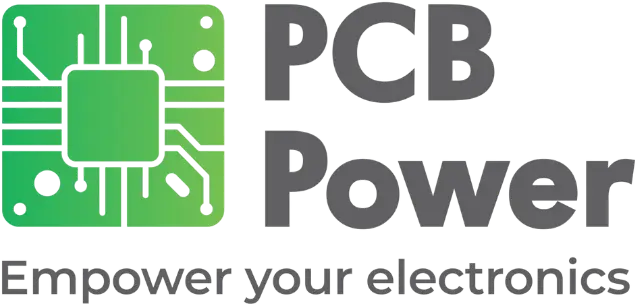The performance of a product operating at high frequencies depends largely on the electrical characteristics of the Printed Circuit Board (PCB) used for mounting and connecting its circuit components. The magnitude of the impact of the PCB design increases exponentially with increase of the operational frequency. Therefore, designers need to include electrical models of PCB structures when simulating RF circuits. For achieving optimum solutions, the product/PCB designer and the manufacturing engineer must appreciate the requirements of RF design.
Designing for High Frequencies
Designing a board to work at high frequencies requires the designer to be critical of the following areas:
- Material used for the PCB
- Placement of traces
- Placement of planes
- Component interconnections
Materials Used for RF PCBs
RF PCBs can use a variety of different materials. Although common board materials used for high frequency circuits are FR-4 and derivatives of FR-4, many other base substrates are also used as they offer better electrical performance. These include specialized low-loss RF material such as pure PTFE, ceramic filled PTFE, Hydrocarbon Ceramic, and High-Temperature Thermoplastic/Ceramic.
Although FR-4 has its limitations when used for high-frequency work, the RF designer must understand these limitations and make cost/performance tradeoffs for the design. Typical limitations of FR-4 are:
- Stability of dielectric constant—Varying from lot to lot and over frequency
- Loss factor—Depending on surface contamination and the hygroscopic nature of the material
- Ability to withstand processing temperatures—Lead-free processing temperatures are higher than regular soldering temperatures
- Thermal conductivity—Even low-power RF circuits can produce a lot of heat
Therefore, selecting a suitable material for making a PCB operating at high frequencies depends on the above factors and the product cost. The choice could range from the low-cost FR-4 material, with its higher loss and not tightly controlled dielectric constant, to FR-4 derivatives with better specifications, or to other specialized low-loss RF material with their well-specified dielectric constant.
Fabrication Issues with Special Materials
All laminates mentioned above involve individual fabrication issues. For achieving the proper quality and reliability, the manufacturer must follow these individual fabrication notes for each substrate material for storing, handling, preparing the inner layer, surface preparation for photoresist application, bonding, drilling, deburring, and plating.
Manufacturers require setting up special processes for fabricating PCBs with low-loss RF materials to work at high frequencies. For instance, plated-through hole preparation is very critical for PTFE substrates—it needs an etch-back process requiring Plasma etch setup to prepare the PTFE hole surface and make it capable of accepting electroless copper plating. Therefore, apart from proper selection of material, following the proper fabrication methods is equally important for achieving a good quality PCB working reliably at high frequencies.
Placement of Traces
For matching the impedance, designers effectively manage the spacing of traces, ground planes, and the dielectric material to form a controlled impedance transmission line. They do this in several ways—in the form of a microstrip, stripline, co-planar waveguides, and differential pairs. The width of the trace, the dielectric thickness, dielectric constant of the used dielectric material and copper thickness determine the impedance. As high frequency signals are very sensitive to noise, ringing, and reflections, they must be designed with great care towards impedance. Mostly preferred impedance is 50 ohms for single ended and 100 ohms for differential, with control limits of ±10%.



.png)
.png)
.png)
.png)
.png)
.png)
.png)

